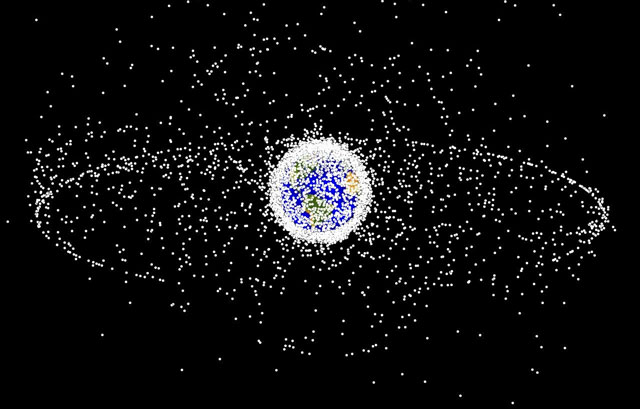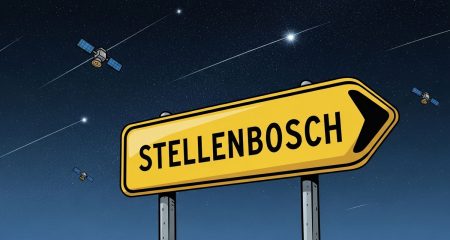
Researchers in Stellenbosch have developed avionics for the two DebrisSats which will remove space junk in orbit around Earth.
But a local satellite project — developed by CubeSpace, one of Stellenbosch University’s Innovus spin-out companies — plans to help alleviate the situation.
The experimental mission will use “CubeSats” and work like a net to capture and de-orbit the space junk. CubeSats are small satellites locally developed with support from the university to explore commercial opportunities in space exploration.
“The project started end of 2013. Our part took about 12 months to develop and to build the engineering and flight model avionics for the two DebrisSAT satellites,” said Prof Herman Steyn, head of the Satellite Engineering Group in the department of electrical and electronic engineering.
“The launch date is not finalised yet, but the aim is to launch from the International Space Station by the middle of 2017,” said Steyn.
“The launch of ZA-AeroSat and the other CubeSats of the QB50 mission will also be from the International Space Station,” Steyn said.
Through the Innovus venture, Stellenbosch University has employed 226 people in a group of companies with a combined turnover of R205m.
US space agency Nasa says that more than 500 000 pieces of space junk are being monitored as they orbit Earth. More than 20 000 pieces are bigger than a cricket ball and represent a danger to spacecraft.
In 2009, defunct Russian satellite crashed into a US Iridium commercial satellite, resulting in an increase in space debris which travels at more than 27 000km/h (or 7,5km/s, about the speed of meteors).




